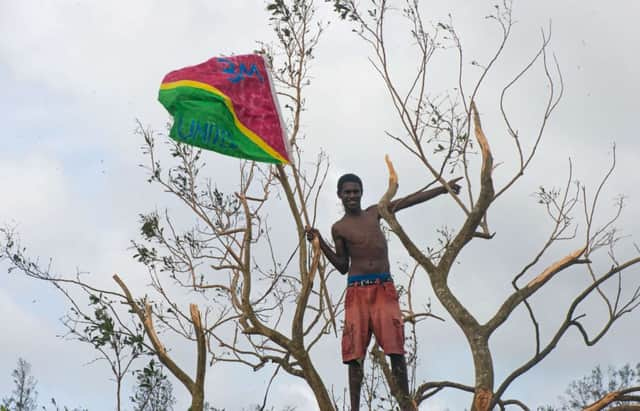Historic Scottish links to Vanuatu


Captain Cook named the islands when he visited in 1774. They were taken over as a jointly-run British-French condominium in 1906.
Scottish-born missionary John Geddie arrived from Canada in 1848 at the southernmost island of Aneityum (Anatom).
Advertisement
Hide AdThe Presbyterian worked to eradicate cannibalism after the first English missionaries to land in Vanuatu were eaten in 1839.
Geddie also built what was said to be the biggest missionary church in the South Pacific.
Other missionaries included Dumfries-born James Gibson Paton, who reached the southern island of Tanna in 1858.
Some of Tanna’s current inhabitants famously revere Prince Philip, who made two visits in the 1970s. They believe he is the human form of an ancestral spirit who emerged from a volcano and travelled overseas to marry a queen.
Vanuatu’s 83 islands – 65 of which are inhabited – are scattered over more than 500 miles, and it is classed as the most disaster-prone country in the South Pacific. It has nine active volcanos, two of which are subsea.
Four in five people live in rural areas, many on narrow coastal strips.
Advertisement
Hide AdThe economy centres on tourism and farming, with exports including coconut oil, timber, beef and cocoa.
The country’s 12-strong Commonwealth Games team competed in judo and table tennis events in Glasgow last year.
FOLLOW US
SCOTSMAN TABLET AND MOBILE APPS